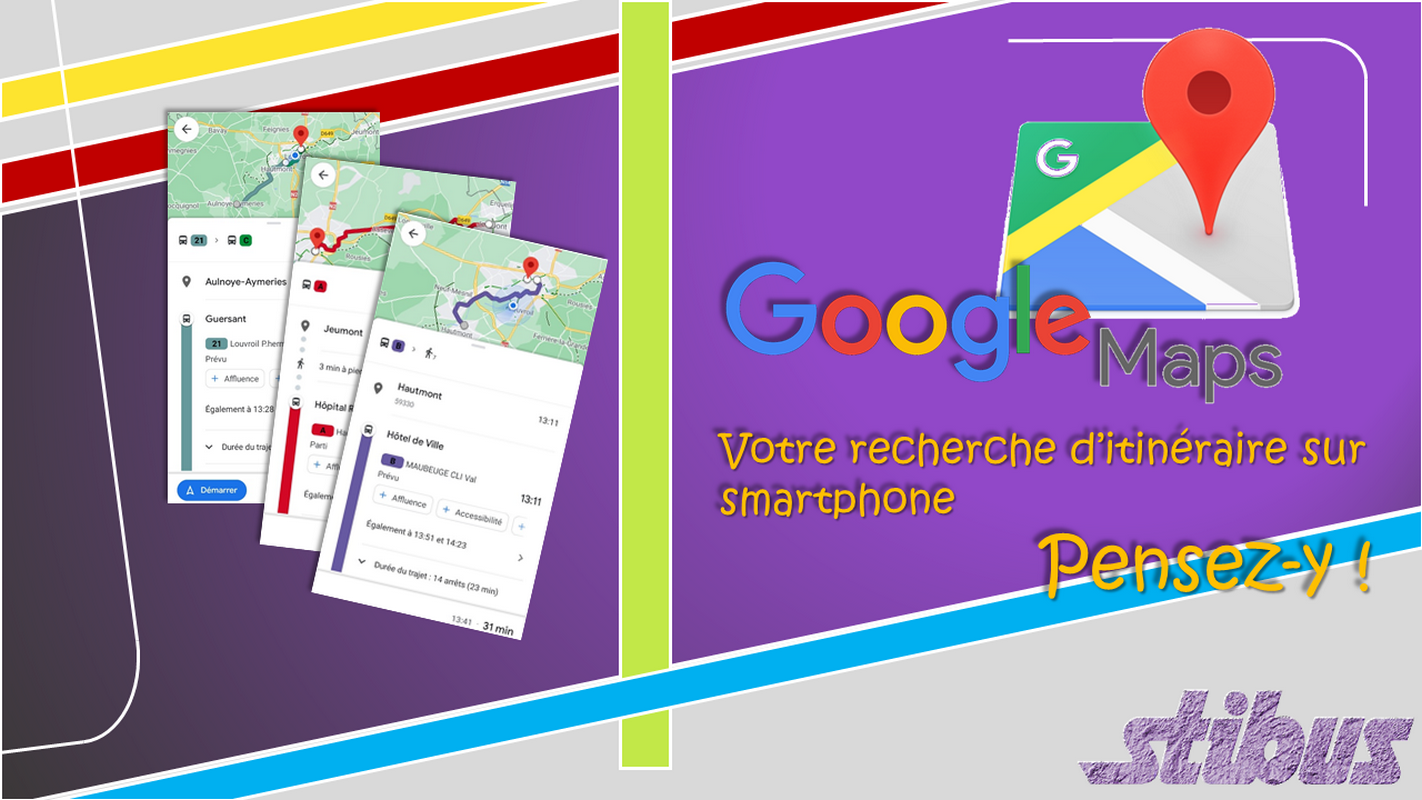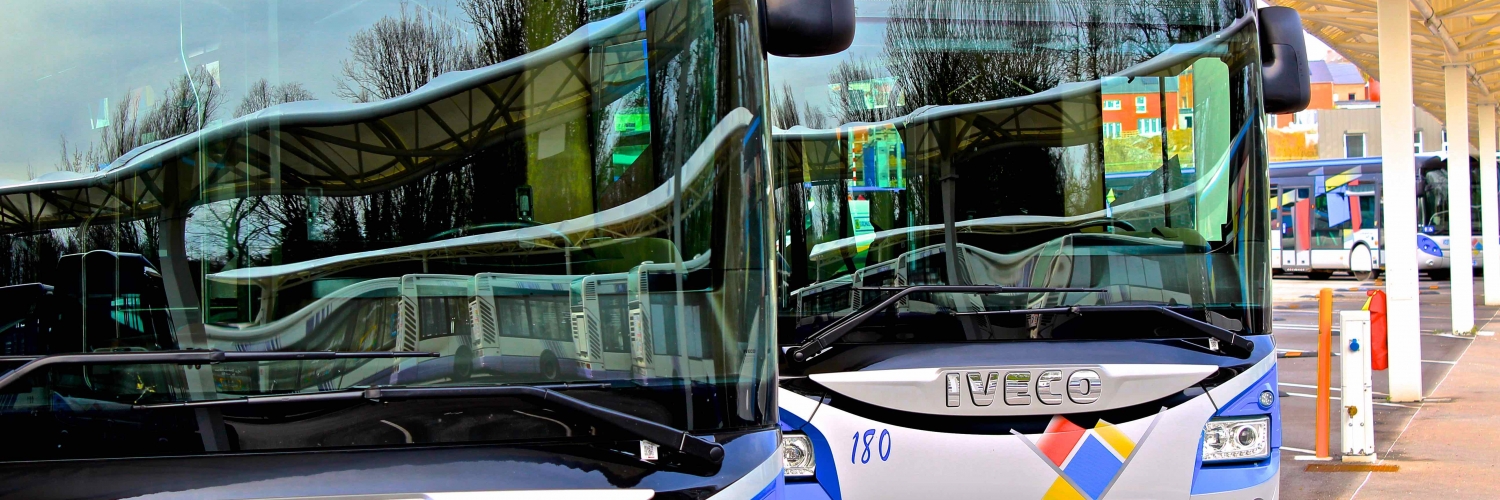Discover Container Yard Efficiency with OCR Gate and Slot Planning
For decades, container terminals struggled with one persistent pain point: delays at the gate. Manual paperwork, human errors, and unpredictable truck arrivals turned the entrance into a bottleneck. Today, optical character recognition (OCR) and smart slot planning are transforming this weak link into a strength. Instead of drivers waiting in line, systems recognize containers instantly and schedule moves proactively, creating a smoother flow for the entire yard.

OCR Gate Check-In: Speed and Accuracy
OCR cameras mounted at gates capture container IDs, truck plates, and even seal numbers without the need for manual entry. Every vehicle that enters is verified in seconds, dramatically reducing queues and preventing mistakes that used to require hours of correction. By automating data capture, disputes with carriers fall away, and security gains a reliable digital trail.
- Automatic recognition of container and chassis numbers.
- Reduced manual data entry and paperwork at the gate.
- Instant validation of booking and customs data.
Slot Planning and Appointment Scheduling
Even with fast gates, chaos returns if trucks arrive in random waves. Slot planning brings order by assigning each carrier a window of time. Automated appointment scheduling balances demand, ensures cranes are not overloaded, and distributes traffic across lanes and hours. Export units are grouped into windows that match vessel cut-offs, while import pickups are smoothed across shifts.
The effect is immediate: shorter queues, balanced workloads, and happier drivers who know exactly when to show up.
Real-Time Yard Visibility and Heatmaps
Once inside, operators rely on visualization tools to maintain balance. Heatmaps show which stacks are filling quickly and highlight congestion zones in red. Inventory visibility ensures that every container’s position is updated as moves happen. This real-time transparency eliminates hours of searching and second-guessing. Planners can redistribute workloads before bottlenecks form.
- Heatmap overlays for stack density.
- Live search by container number or booking ID.
- Automatic alerts when zones approach thresholds.
Integrated Dashboards
Efficiency comes from unifying the view. Integrated dashboards combine OCR gate data, slot planning, and inventory maps into one screen. Dispatchers track flows in real time, financial modules update billing automatically, and managers monitor KPIs without switching systems.
Explore the system in action: https://containeryardmsoftware.com.
Efficiency Gains: Before / After
Numbers show the impact more clearly than words. Terminals adopting OCR and slot planning typically see results within weeks:
| Metric | Before (Manual) | After (OCR & Slot Planning) |
|---|---|---|
| Gate processing per truck | 15–20 minutes | 2–5 minutes |
| Data entry errors | Frequent corrections | Rare, automated capture |
| Average truck waiting time | 60–90 minutes | 20–30 minutes |
| Stack congestion events | Weekly | Occasional, pre-alerted |
Operator and Driver Experience
“I used to spend half an hour waiting to get inside. Now the system recognizes my truck instantly and tells me where to go.”For drivers, clarity replaces uncertainty. For operators, the end of paperwork chaos means focus on value-adding tasks. The yard feels calmer, safer, and more predictable.
Conclusion
OCR gate check-in, slot planning, and automated scheduling are not incremental upgrades — they redefine how terminals run. With heatmaps, real-time inventory, and proactive alerts, the yard transforms from a zone of reactive firefighting into a hub of predictable flow. For container depots and terminals seeking both efficiency and transparency, these tools mark the fast track to future-ready operations.


